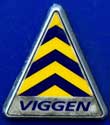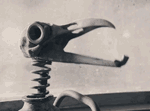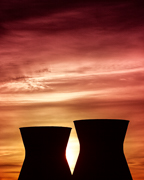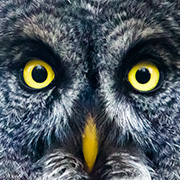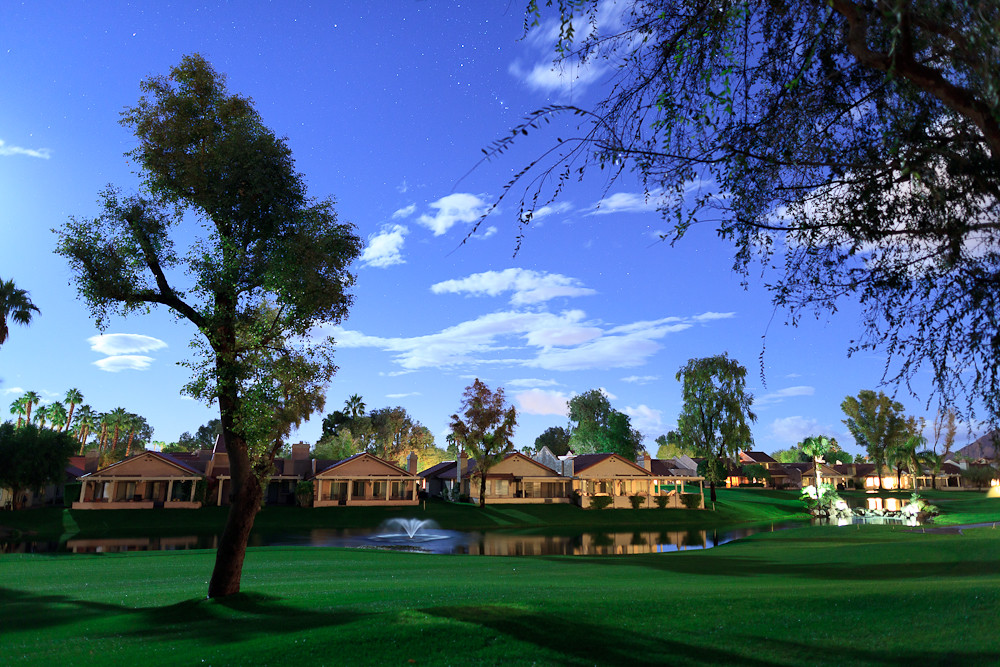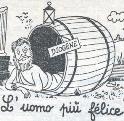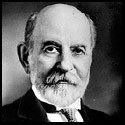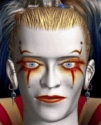|
A 16+ minute exposure from Bhutan:
|
|
|
|

|
| # ? May 14, 2024 22:15 |
|
I like the cylinder effect created by not pointing directly north or south.
|
|
|
|
xzzy posted:I like the cylinder effect created by not pointing directly north or south.
|
|
|
|
I've never done this before so I thought I'd give it a try tonight. Cliche shot that everyone in the world has done:  And another one.  Lightroom seems to darken the gently caress out of my images on export for some reason. Some colour profile fuckery.
|
|
|
|
Here's one I took out walking last night.
|
|
|
|
Click the image to view a 50% resolution version. Captured over 6 nights, totaling 10.5 hours of exposure. Luminance: 187.5 minutes Hydrogen alpha: 160 minutes Red, Green and Blue: 93.75 minutes each Hydrogen alpha blended into luminance at 64% opacity. Target: The Eta Carinae Nebula (NGC 3372) in Carina Date(s): 8th, 9th, 16th, 29th, 30th and 31st January, 2011 Location: Manar, NSW, Australia Detector: SBIG STL-11000M at -20 degrees Celsius Telescope: Takahashi FSQ-106N Focal length: 530mm Mount: Losmandy G-11 (Gemini) Guiding: Self guiding through SBIG STL-11000M Exposure: Hα+LRGB (160 187.5 93.75 93.75 93.75); total: 10.5 hours Exposure: Hα and L bin 1x1, RGB bin 2x2 Software: MaxIm DL 5: Image capture, and autoguiding, calibration, registration, stacking, stretching; PinPoint LE: Plate solving; Adobe Photoshop CS4: post-processing and framing  H
|
|
|
|
octane2 posted:Click the image to view a 50% resolution version. Mind blown. That's simply loving spectacular.
|
|
|
|
I'm with the guy above. Mind = thoroughly blown.
|
|
|
|
octane2 posted:Click the image to view a 50% resolution version. Can you tell us what this stuff *means*? You're chilling your CCD to -20? With what? What does 'self guiding through SBIG STL-11000M' mean?
|
|
|
|
Phanatic posted:Can you tell us what this stuff *means*? You're chilling your CCD to -20? With what? What does 'self guiding through SBIG STL-11000M' mean?
|
|
|
|
psylent posted:I've never done this before so I thought I'd give it a try tonight. Even though I've walked under that bridge hundreds of times it still took me about a minute to work out where it was shot from.
|
|
|
|
Cracking image octane2, very well processed and amazing detail.Phanatic posted:Can you tell us what this stuff *means*? You're chilling your CCD to -20? With what? What does 'self guiding through SBIG STL-11000M' mean? He'll probably be back with some more detailed information at some point, but to fill in some gaps the SBIG STL-11000M is a dedicated large format astrophotography camera. The sensor is cooled, probably a peltier arrangement to minimise noise, and in this case it has set point cooling meaning it can accurately maintain it's temperature both for noise reduction reasons and to aid with taking accurate calibration frames. I'm not going into darks, flats and bias frames here, that's a thread by itself. DSLRs have a bunch of problems for astronomy work, my next purchase will be a dedicated astro camera. The S-Big also has a second sensor which captures an image for guiding purposes, you use a star on the image to act as a guidepoint for the telescope mount, correcting the tracking and ensuring that your images don't have star trailing or other errors caused by mechanical or alignment errors. The camera is mono, shooting through different filters (luminance, HA, RBG etc) provides your base images and individual colour channels which you put together to create the final image, another big topic.
|
|
|
|
onezero, jadias, Jekub, Thanks, gents. I've owned this immaculate camera/scope combination (marriage made in heaven) for almost a year and have only just finally got around to using it for the first time. To see colour on the screen after combining all the monochrome frames was just awesome. Phanatic, Jekub basically explained it all. But, just a little more info: As Jekub mentions, the sensor is thermoelectrically (Peltier) cooled. Noise in a sensor doubles or halves every six degrees Celsius change in temperature. It is therefore important to maintain equilibrium. The STL-11000M gives me the ability to maintain a setpoint temperature. The system I have can go down to -50 degrees with water cooling. I think that's a bit overkill and isn't necessarily required, unless you're living in very arid and hot conditions. As for the second part of your question, regarding self-guiding: the mount that I use is computer controlled and tracks at sidereal rate (compensates for the rotation of the Earth). However, there is no such thing as a perfect gear. Even in $20,000 mounts there are residual mechanical imperfections; you might have a dust particle or some other mechanical imperfection in the gear, so that when it meshes with the worm, it might not give you smooth sidereal motion -- there might be a jump. This is where autoguiding comes into the fore. Typically, a secondary scope with a secondary detector is set up either on top of the main imaging scope, or, side-by-side (I've found side-by-side to be a nuisance, as you need to very carefully balance the centre of gravity on the mount). After you've finished doing your polar alignment (telescope pointing precisely at the celestial pole -- this is another topic in and of itself -- I sometimes take up to 2-3 hours to get this precise), you slew to your target, and, in the guidescope lock on to a star. You run autoguiding software which monitors the star's motion; if there's any aberrant movement (due to seeing or mechanical imperfections), the software then sends negative feedback to the mount, which then makes a slight adjustment so that the star maintains a round shape in the final exposure. The STL-11000M has the advantage of having a second sensor in the one housing which means you can do away with a second telescope and second camera, thereby reducing the weight on the mount. You need to choose a guide camera/sensor exposure that isn't too short (you end up chasing the seeing) or too long (imperfections can creep in). Typical seeing in Australian skies is 2-2.5 arcseconds, and, therefore, I usually stick with a guide camera exposure of 2-2.5 seconds. That is, every 2-2.5 seconds, the mount is making minute adjustments to maintain a pinpoint star. It is a bitch of a hobby, that requires a lot of dedication, standing around in freezing temperatures, hoping the weather and equipment cooperates. I spent six nights capturing that image. This is the longest I've ever exposed on a single object. I plan on making multi-image mosaics in the future to capture extended objects. If you have any further questions, feel free to ask. H
|
|
|
|
Cross posting this picture from MARCH PAD. This is my first night exposure picture please goon help me improve there is much i can change i am sure. I really like it but tell me whats wrong The view in front of my hotel room 
|
|
|
|
20s exposure of the old city in Warsaw. This looks much darker when I view it with any other program other than photoshop and I'm not sure why.
|
|
|
|
InternetJunky posted:This looks much darker when I view it with any other program other than photoshop and I'm not sure why. You're probably working in ProPhotoRGB in Photoshop. Other programs will either translate that to sRGB (Lightroom) or disregard the colour profile altogether (what seems like every other Windows program). Either way, your image looks wrong. There's no real solution to this, you just have to be aware of where your image is likely to end up when finished and work in a colour space appropriate for that.
|
|
|
|
How on earth do you do this? Is it false colour or something?
|
|
|
|
A5H posted:How on earth do you do this? Is it false colour or something? It's processed, but most of the look comes from a moonlit night, a fast lens, and a 15-30 second exposure. At the actual location most of the scene isn't visible with your naked eye. Here it is straight out of the camera.  TheAngryDrunk fucked around with this message at 16:22 on Mar 7, 2011 |
|
|
|
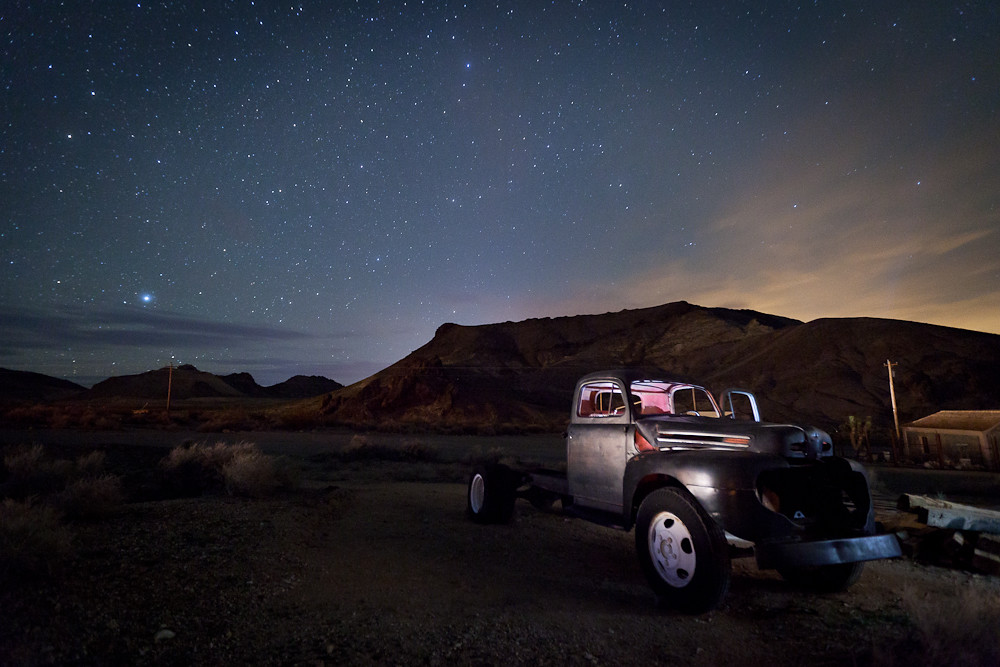 Rhyolite, NV - Abandoned Truck by xxyzz road, on Flickr
|
|
|
|
TheAngryDrunk posted:It's processed, but most of the look comes from a moonlit night, a fast lens, and a 15-30 second exposure. At the actual location most of the scene isn't visible with your naked eye. Wow that's insane. I had no idea the sky was blue with just moonlight. Awesome.
|
|
|
|
A5H posted:Wow that's insane. In urban areas, the sky turns white or gold with long exposures, depending on weather conditions. Get out into the country though, away from city glow, and after sunset it will get nice and blue. Even after the sun is completely gone, it's more of a deep navy blue than perfectly black. The moon has an effect on the color as well.
|
|
|
|
xzzy posted:In urban areas, the sky turns white or gold with long exposures, depending on weather conditions. 
|
|
|
|
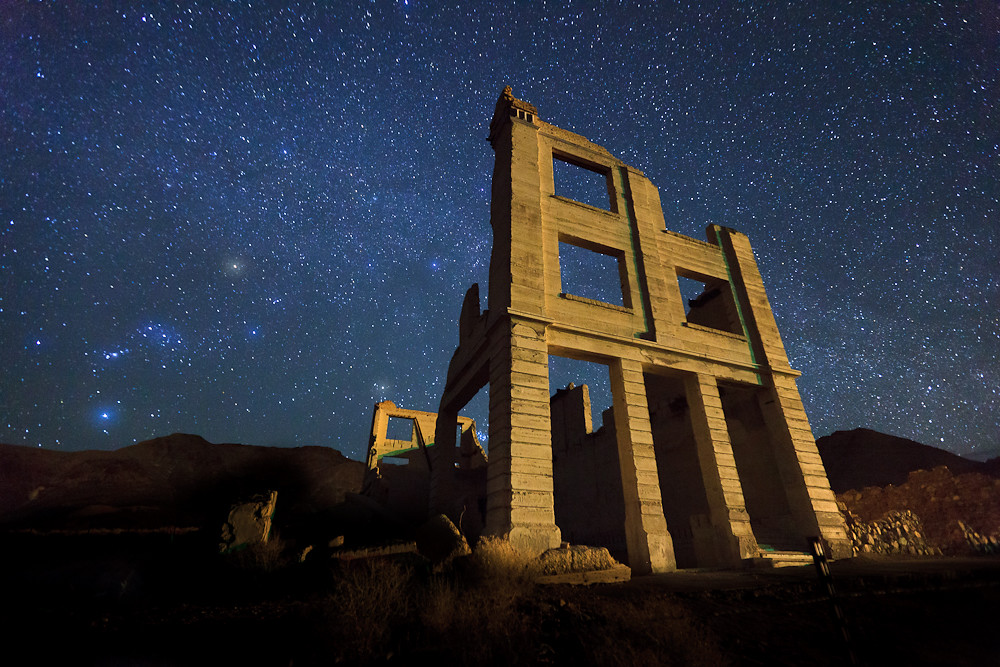 Cook Bank - Rhyolite, NV by xxyzz road, on Flickr
|
|
|
|
TheAngryDrunk posted:
Wow! Now that is an awesome shot.
|
|
|
|
TheAngryDrunk posted:
Can I get some info with this one? What do you shoot with?
|
|
|
|
How do you guys get such long exposures of the stars without them moving? I assume that telescope guy had a motor which automatically compensated for the earths rotation or something but when I take a shot thats a minute or longer the stars start turning into lines.
|
|
|
|
priestdaddy posted:Can I get some info with this one? What do you shoot with? exif is here: http://www.flickr.com/photos/7597174@N04/5507801309/meta/ If you have other questions, ask away. Fists Up posted:How do you guys get such long exposures of the stars without them moving? I assume that telescope guy had a motor which automatically compensated for the earths rotation or something but when I take a shot thats a minute or longer the stars start turning into lines. The general rule of thumb is: 500/focal length = # of seconds before star trails start to appear So a 16mm lens (full frame) should give you about 30 seconds before you start getting star trails. To get that many stars to appear in only a 30 second exposure, you need a fast lens (2.8 or better) and a high ISO (as much as you can tolerate). TheAngryDrunk fucked around with this message at 07:03 on Mar 8, 2011 |
|
|
|
Thanks. I see you shot that at ISO 6400. I was probably shooting around 400 for mine so would need a few minutes vs your 30 seconds. To be honest the noise isn't even noticeable in yours. Maybe it blurs in with the stars a bit.
|
|
|
|
Fists Up posted:Thanks. I see you shot that at ISO 6400. I was probably shooting around 400 for mine so would need a few minutes vs your 30 seconds. To be honest the noise isn't even noticeable in yours. Maybe it blurs in with the stars a bit. I normally don't shoot ISO 6400 on my star/landscape shots, but it helped that the weather was cold at the location. Cool weather helps keep the sensor from getting too hot during a long exposure. You can see the noise on a 100% crop, but it's still a usable image.
|
|
|
|
TheAngryDrunk posted:I normally don't shoot ISO 6400 on my star/landscape shots, but it helped that the weather was cold at the location. Cool weather helps keep the sensor from getting too hot during a long exposure. You can see the noise on a 100% crop, but it's still a usable image. Obviously shooting on a crop (T2i) would find less success? I thought I remember hearing FF offers better low light performance.
|
|
|
|
TheAngryDrunk posted:
What was the light source for the building?
|
|
|
|
Is that chromatic aberration, or was there just a green light source as well?
|
|
|
|
Yeehaw McKickass posted:Obviously shooting on a crop (T2i) would find less success? It might not look as good, but you could still get some nice images. torgeaux posted:What was the light source for the building? There were some flood lights a couple hundred feet away. William T. Hornaday posted:Is that chromatic aberration, or was there just a green light source as well? Yeah, it kind of looks like CA, but I believe it was just one of the other lights hitting the building in a weird way.
|
|
|
|
What's the trick (if there is one) for getting the sky to be pure black for long exposure city scenes? When I try, the city blows out the sky.downtown_man posted:First time trying to shoot a fireworks show last night. Not 100% happy with the results but felt it was a good try for my first time doing it. Here's a sample of the night.
|
|
|
|
This looks horribly noisy and pixellated to me when viewed bigger, what am I doing wrong? (apart from it not being a particularly interesting photo) 20s f 4,0 at iso 200 - it looks like iso 1600 on my XSi
|
|
|
|
A quick one from last night, the Monkey Head nebula (ngc2174) in Orion. I'd been meaning to try this one for the last couple of months but weather and technical problems have plagued me. Everything however came together yesterday and though I only managed to grab a couple of hours before it vanished behind the trees I'm quite happy with the result. Maybe I'll be able to get more data later in the week. 18x5 minute exposures Modified Canon 1000D with Astronomik CLS CCD clip filter 250mm F4.7 Reflector Celestron CGEM Mount Piggy back guided with modified webcam Calibrated, stacked and processed with Pixinsight
|
|
|
|
Greybone posted:This looks horribly noisy and pixellated to me when viewed bigger, what am I doing wrong? (apart from it not being a particularly interesting photo) It doesn't look that noisy to me. It does look like your camera was moving though.
|
|
|
|
TheAngryDrunk posted:
Gorgeous. How do you not get the swirl effect of the stars? I still dont know WTF. N/m, read a few spots up. Lando fucked around with this message at 23:55 on Mar 8, 2011 |
|
|
|
TheAngryDrunk posted:It doesn't look that noisy to me. It does look like your camera was moving though. I've had this before and I'm wondering if my monitor is all funky - here's a photo of the photo:  The orange is from ambient/autofocus assist I think, but the blotchy blue stuff is really obvious on my screen. Edit: But yeah, strong wind made the camera move
|
|
|
|

|
| # ? May 14, 2024 22:15 |
|
Greybone posted:I've had this before and I'm wondering if my monitor is all funky - here's a photo of the photo: I'm on a lovely laptop screen right now, so I don't have the best view. But I definitely don't see anything looking that bad. Lando posted:Gorgeous. How do you not get the swirl effect of the stars? I still dont know WTF. 500/lens focal length = approximate number of seconds you can expose for before star trails become visible TheAngryDrunk fucked around with this message at 23:31 on Mar 8, 2011 |
|
|







